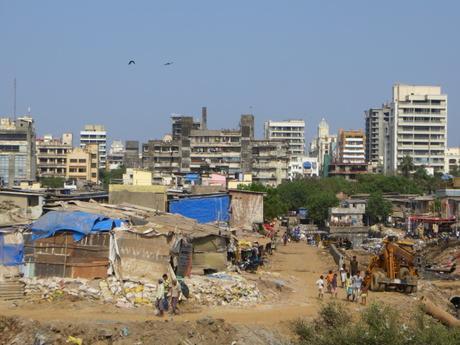
For anyone who has been to India, you will know that it’s the kind of place that stays with you long after you leave. I went there for over two months in 2014, and I still think about my time there, probably on a daily basis.
When I went to Goa, I stayed with Rachel, who writes Hippie In Heels. Yesterday morning, I woke up to en email notification for a pingback to a post I’d written about her dog, Huck. After investigating the reason for this email, I saw that she’d written a post called “17 Travel Bloggers You’d Be Crazy Not To Follow In 2016” and I made the list! Go check it out… Rachel said some pretty dang nice things about me. *blushing like crazy*
After seeing this, I decided I’d share a little more from India. I’ve wanted to share my experience of visiting the slums there for a while, so now I’m going to…

As far as visiting slums as a tourist activity, I no longer have the mixed feelings I once did. When I went to Brazil in 2009-2010, I was curious to visit a favela (slum). My Brazilian friend thought I was crazy. He had no idea why anyone would want to do this. Being from Canada, a developed country *more or less* devoid of these kinds of living conditions, I can retrospectively understand my own curiosity, even though my opinion on the matter has changed.
Simply put, I don’t think there is anything to gain, on anyone’s part, from visiting a slum unless there is a reason beyond gawking and taking photos. There should be some form of interaction with slum residents for the experience to be worthwhile. If all you want is to take pictures and feel sorry for people, don’t go.
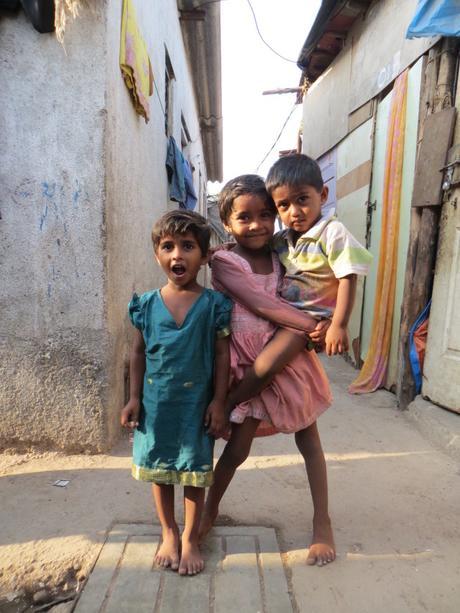
When I was in India, I volunteered there for 2 months. Side note – if you want to talk about volunteering as an overseas tourist activity, that is another discussion altogether, saved for another day. One thing at a time. I spent my days teaching children, making lesson plans, supervising play at a local playground, reading with them and becoming friends. I met their families and came to know some of their troubles. We shared food together, hugs and the occasional shouting match.
What do these people all have in common? They live in the slums.

(he looks sad because he thought we were there to take him away from his parents to go back to school!)
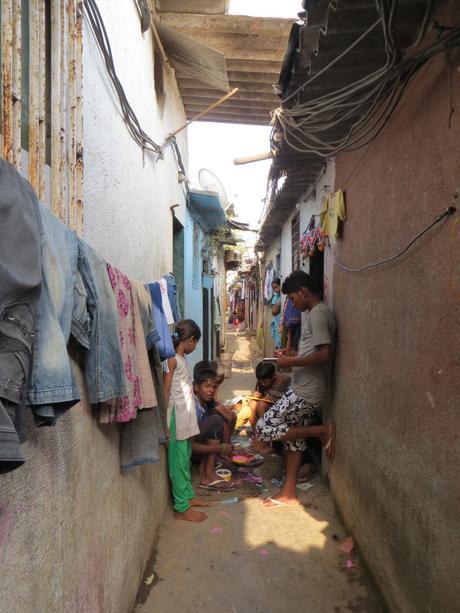
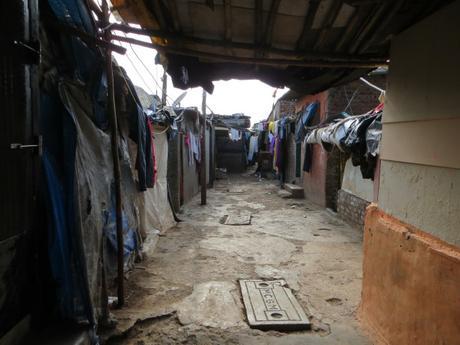
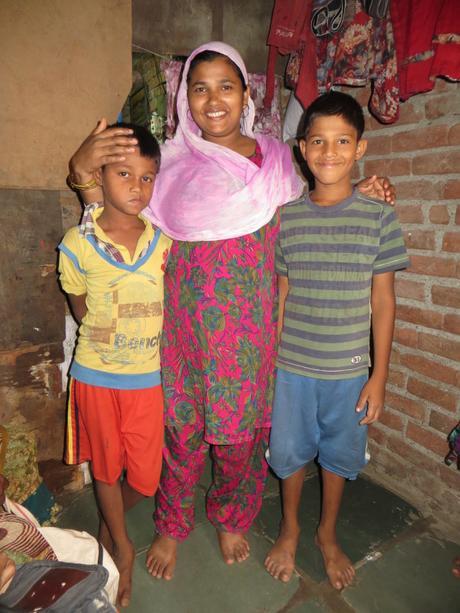
The organization I was with mandates a minimum of 2 months volunteering. This allows for both the families and the volunteers to form a greater bond, to know one another better – an optimal learning environment. If I remember correctly, they only allow home visits after 2 weeks of volunteering. This is for the same reason I alluded to above: if you don’t know the people who live there, what will you really get out of it?
As such, I knew them all fairly well by the time I visited them at home since I went at the end of my two month stay. At that point, I didn’t know them for being people who live in slums. I knew them as the trouble maker, the other trouble maker, the smart one, the funny one, the artistic one, the kind one, the cheeky one, the cuddly one, the loud one, the show-off, the other other trouble maker.
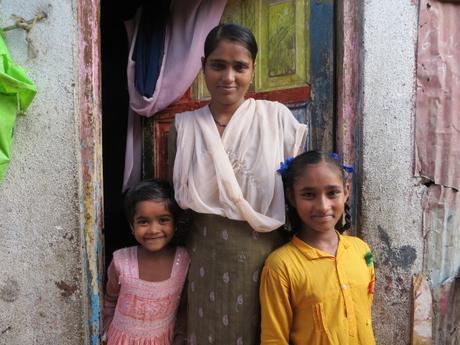
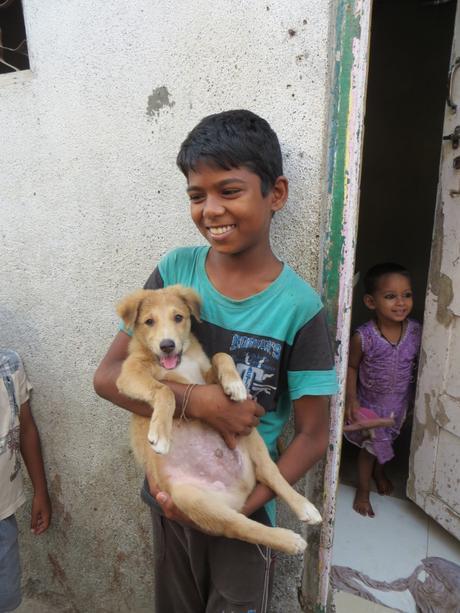
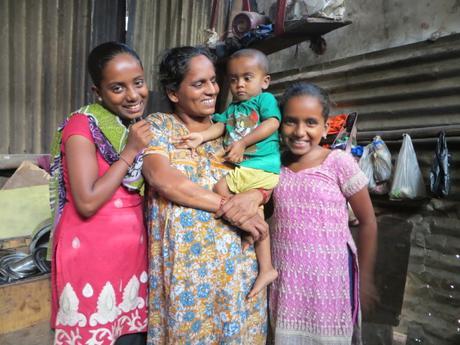
Going to the slums to see my students and their families was one of my proudest moments when I was in Mumbai… and probably not for any reason you might think of. The reason I felt that way had nothing to do with me. It had everything to do with them. They rolled out the red carpet for me, made me feel more special than I’d felt in months; I was the esteemed guest. I felt so lucky to be so welcomed into their homes. One family even sent their little boy down the street to buy biscuits and chai. They poured the chai from a little plastic bag into little plastic cups and we huddled around inside the home and sipped and laughed together.
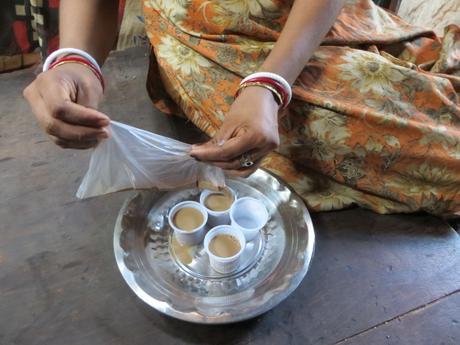
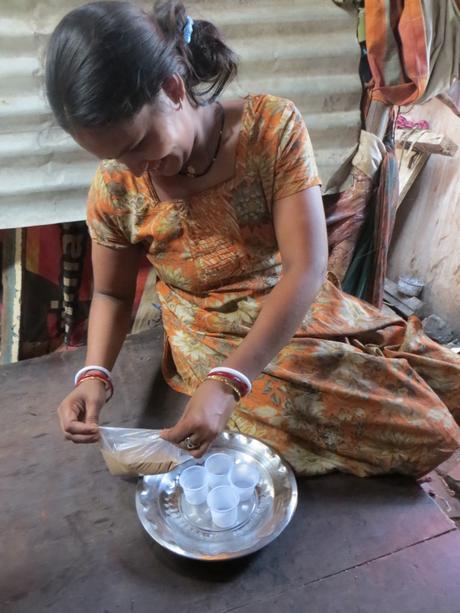
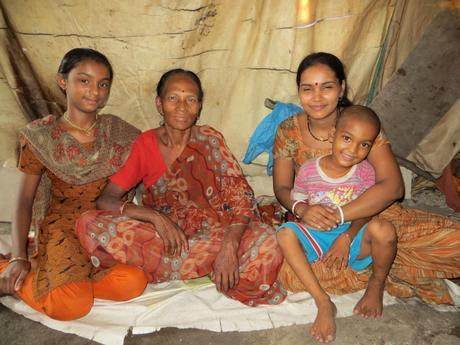
These photos look great right? They show happy, smiling people.
The truth is that life is hard in India.
Life is hard, BUT they still smile. In monsoon, they worry of their shelters being washed away. There is lots of alcoholism and domestic/sexual abuse. Many who are crippled are unable to find work. When money is thinner than it normally is, sometimes the meal the kids get at school is the only meal they see in a day.
One family we went to visit refused to see us. My guides were the school cook (also one of the mothers) and one of the teachers. They attempted to speak with the mother (of one of my favorite students, no less) and she wanted nothing to do with the visit. Not all slum-residents are quite so chipper as the ones in the photos above.
It is important for me to paint both sides of the coin. Slums are not the absolute, end of the world, prison sentence the western world commonly believes them to be. They are also not all rosy and happy. In fact, they are, in many ways, the opposite of rosy, the scent of sewage and garbage hovering above this body of water, essentially the front yard of several of my students.
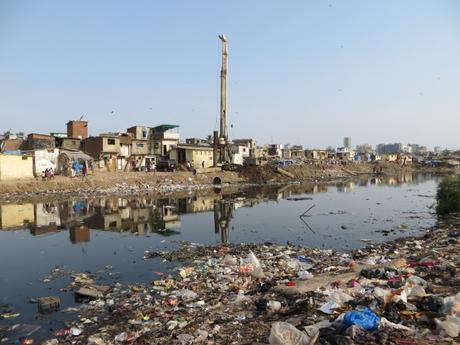
What I did learn, though, was that kids will be kids. These kids play, laugh, fight, cause trouble and scream and cry just like any other kid in the world. In many ways, they are protected by the fact that this is all they’ve ever known.
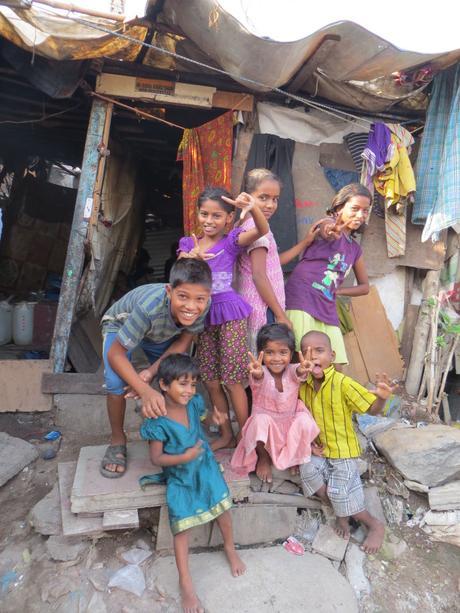
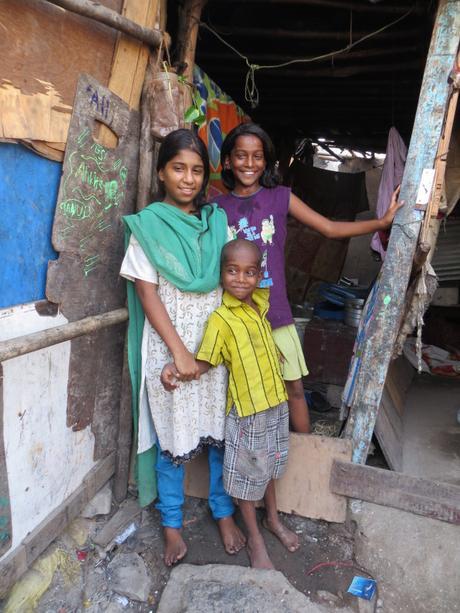
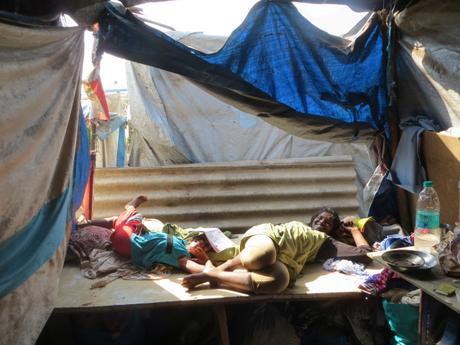

They carry on. The kids do, and the families do. They taught me that in many circumstances – whether you are born into them or not – that’s all you can do.
____________________________________________________________________

